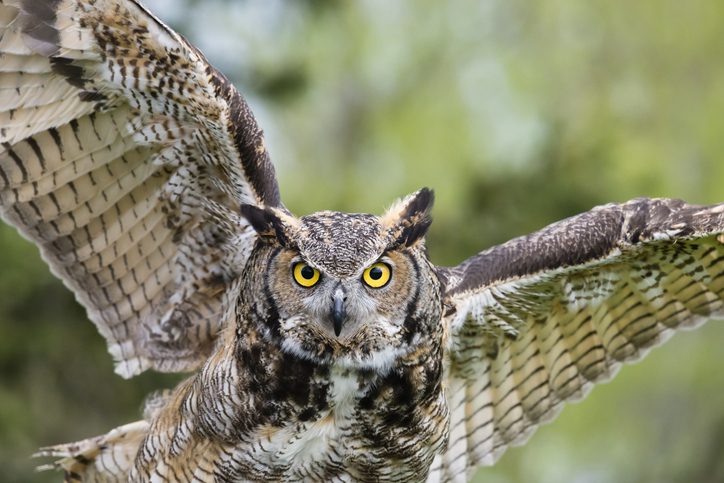
Getty Images
Whether you’re in the forest or at your neighborhood park, there’s a chance you’ll be able to spot one of these birds of prey.
Amid leafless trees and snow-covered surroundings, Michigan’s owls are often easier to spot and hear during the winter.
Whether you’re a casual bird watcher or part of the annual Bird Count, here’s how you can tell the difference between each owl that spends their winters in Michigan.
RELATED: Birdwatching in winter? Yes! Here are 10 favorite places in Michigan
Northern Saw-whet Owl
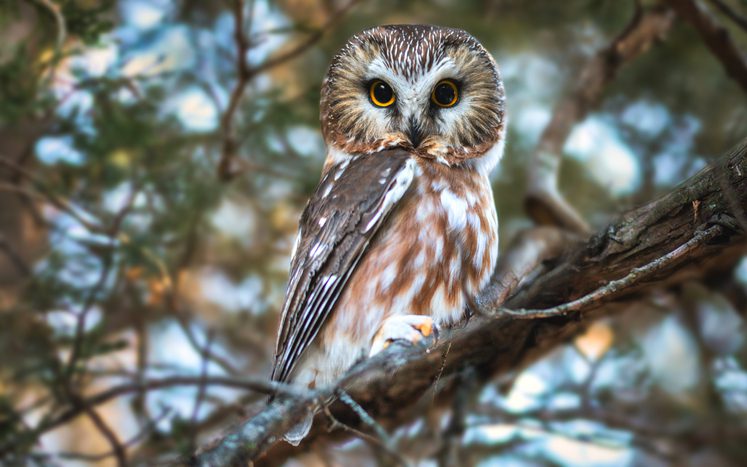
A Saw-Whet owl sits in a tree. Lavin Photography/Getty
Standing at just seven inches tall, the Northern Saw-whet Owl can be found within the forests of Northern Michigan. Their brown, broad feathers enable them to easily camouflage with their surroundings.
While they’re usually silent, the male Northern Saw-whet Owl is known for the “tooting” noises they make during mating season—typically late winter to early spring.
Snowy Owl

A young snowy owl, sits along U.S. Highway 2 in Manistique in Schoolcraft County. John Pepin/Michigan DNR
Often found near Canada’s southern border, the Snowy Owl is known for its snow-white coat and piercing yellow eyes. They can be seen flying above wide-open spaces, looking for lemmings—a type of small rodent—to feed on.
The Snowy Owl is typically silent, but will make shrill whistling sounds while on breeding grounds to communicate with potential mates.
Great Horned Owl
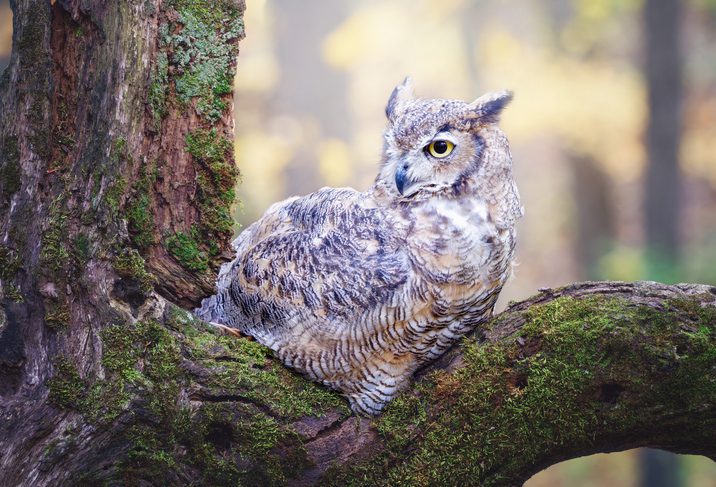
Great Horned Owl resting in a forest in Howell. Adrienne Elliot/Getty
While their “ear” tufts make them look cute, the Great Horned Owl is an aggressive and powerful hunter—preying on rabbits, hawks, snakes, skunks, and even porcupines.
At just over two feet tall, the massive Great Horned Owl can be found year-round in habitats across North America, from dense forests to cities. Their songs and calls can range from low, sonar-sounding “hoo hoots” to rough barking noises to alert others of nearby danger.
Eastern Screech Owl
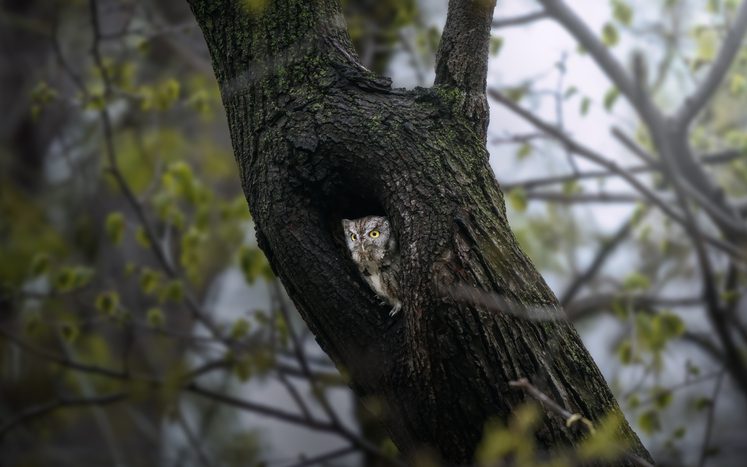
Eastern Screech Owl sits inside a tree. Lavin Photography/Getty
Michiganders living in the lower peninsula might not know it, but the Eastern Screech Owl could be one of their neighbors. The robin-sized nightbird can be found living in trees in city parks and shady suburbs.
Despite their name, these owls don’t screech—they sound off with a signature whine and soft trills.
To learn more about Michigan’s other winter birds, check out the MI Birds program. .
Support Our Cause
Thank you for taking the time to read our work. Before you go, we hope you'll consider supporting our values-driven journalism, which has always strived to make clear what's really at stake for Michiganders and our future.
Since day one, our goal here at The 'Gander has always been to empower people across the state with fact-based news and information. We believe that when people are armed with knowledge about what's happening in their local, state, and federal governments—including who is working on their behalf and who is actively trying to block efforts aimed at improving the daily lives of Michigan families—they will be inspired to become civically engaged.


Want to visit Sleeping Bear Dunes or Pictured Rocks without paying a fee? Here’s how
Embrace Michigan's great outdoors for National Public Lands Day this weekend by volunteering to clean or just by making a free trip to a National...
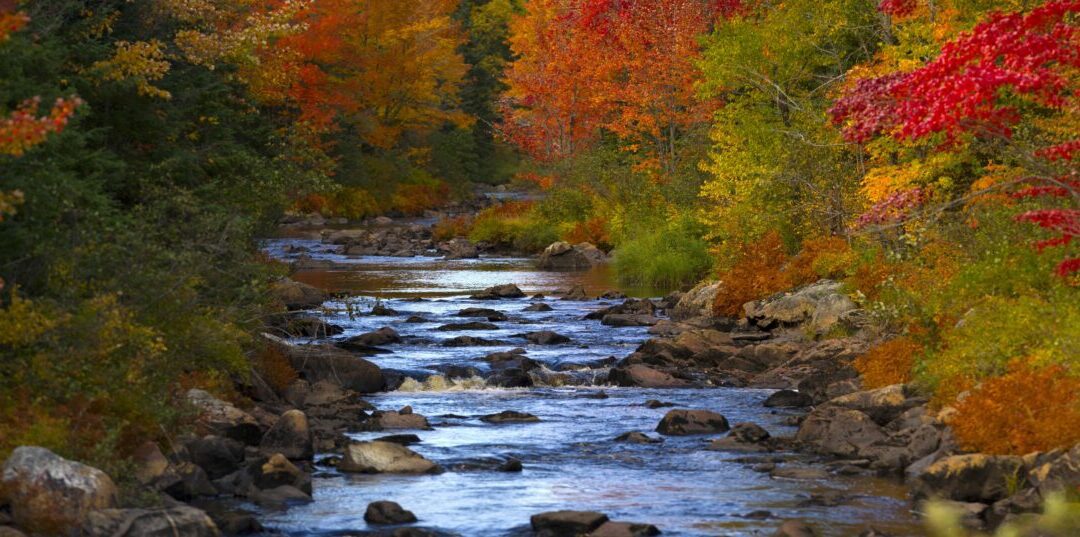
America’s No. 1 destination for fall colors is right here in Michigan
Michigan's Upper Peninsula is getting the love it deserves as America's best destination for fall colors, according to the results of the USAT...
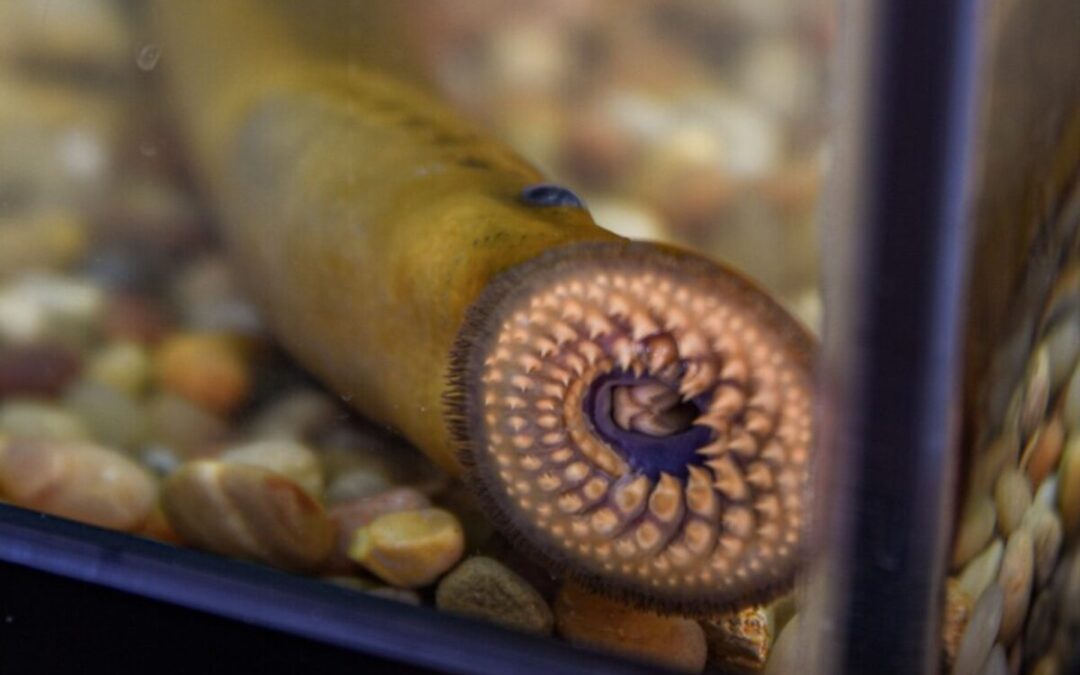
EPA grant will fund barrier to stop spread of sea lamprey in Grand River
By Rachel Lewis, Capital News Service LANSING – The Great Lakes Fishery Commission will receive a $2.1 million grant from the Environmental...
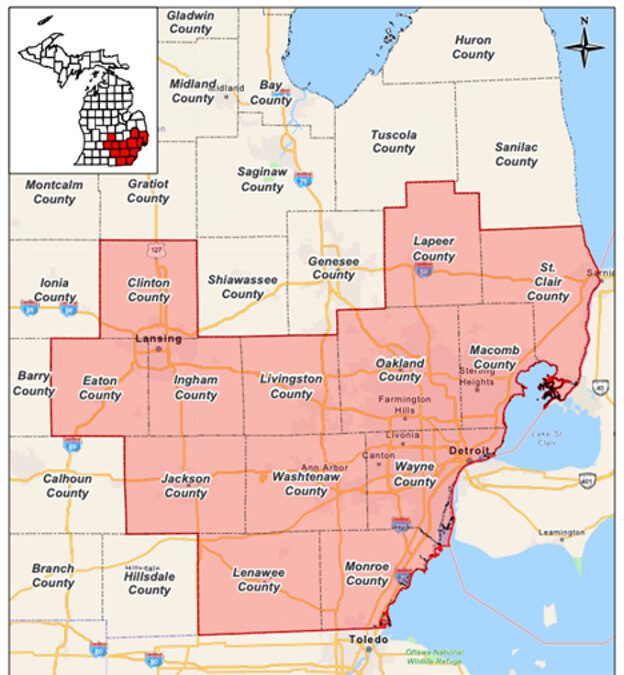
How Michigan is trying to stop the box tree moth
By Rachel Lewis, Capital News Service LANSING – Boxwood shrubs are popular in Michigan. Gardeners like them because their evergreen foliage brings...

This is your sign to head to Michigan beaches & hear the singing sand
Several Michigan beaches are home to “singing sand,” and while several legends attribute the noise to ghostly causes, there’s a perfectly logical...





